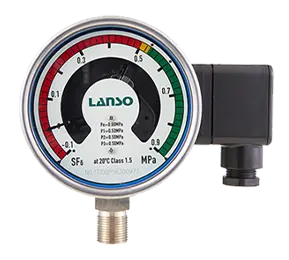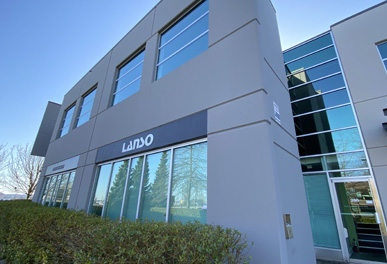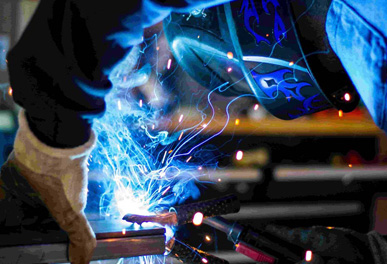SF6 Relay Zero Position Problem in Non-Working State
When the SF6 relay is installed and in operation on equipment filled with SF6 gas, it is in an isovolumic working state. At this time, the density relay measuring system senses the pressure of SF6 gas in the equipment compartment, which changes with the gas temperature. When the gas temperature rises, the pressure increases and when the gas temperature decreases, the pressure decreases. At this time, the temperature compensation element compensates for the change in ambient temperature, decreasing the instrument reading when the ambient temperature rises and increasing the instrument reading when the ambient temperature drops.
The amount of compensation provided by the temperature compensation element is equal and opposite in direction to the effect of the gas pressure changes on the instrument reading due to temperature, making the instrument reading only related to gas density and not related to changes in gas pressure caused by temperature. When the SF6 relay is in a non-working state (not filled with gas), the sensing system of the density relay measures atmospheric pressure, which does not change with temperature. At this time, the sole action of temperature compensation element causes the pointer of the density relay to point below zero when the ambient temperature is above the compensation reference temperature (20 ℃), and above zero when the ambient temperature is below the compensation reference temperature (20 ℃). The specific deviation from zero depends on temperature.
Method and Precautions for Checking SF6 Relay
Since SF6 relays, parts of sf6 monitoring system, are always installed with switches next to the site and are not easy to disassemble or support disassembly, as frequent disassembly can easily damage the interface and cause leakage, density relay calibration is mainly carried out on site. Therefore, instrument selection for calibrating SF6 gas density relays should:
Must be calibrated using SF6 gas directly. The most important reason is that during on-site calibration, other gases, such as air, cannot be mixed into the SF6 electrical equipment to avoid problems such as increased moisture content in the equipment.
During the calibration process, there must be a fully enclosed SF6 gas circulation system, and the SF6 gas in the equipment should not be wasted. Because if the gas in the equipment is wasted, the pressure inside the equipment will decrease and such operation should be prohibited, and the SF6 gas used may be toxic, and leaking into the atmosphere will pollute the environment.







